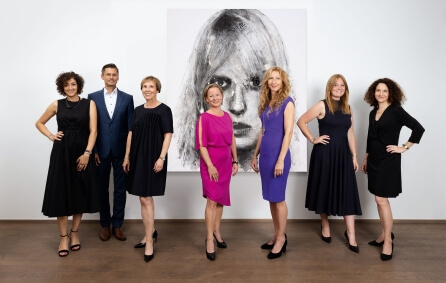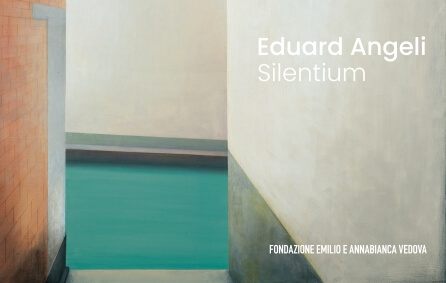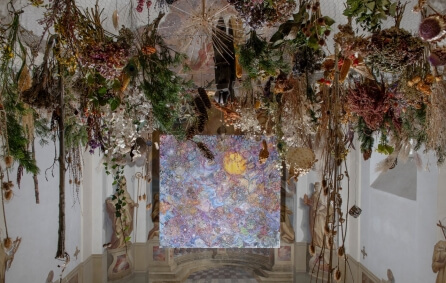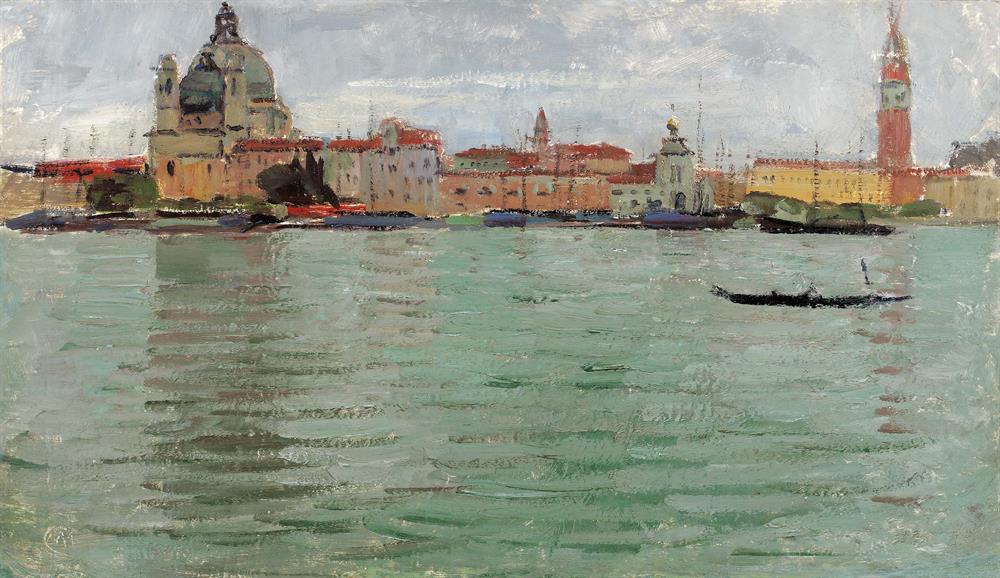
Carl Moll
(Vienna 1861 - 1945 Vienna)
The following artworks are for sale

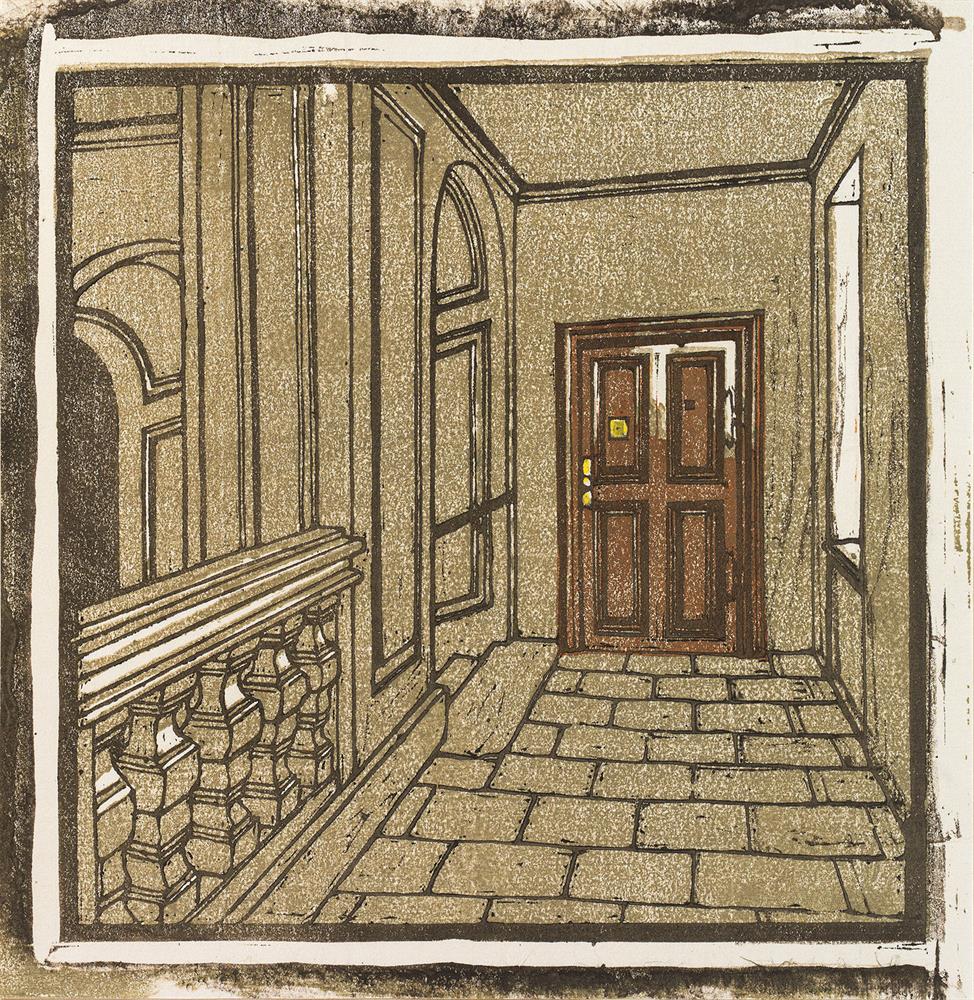
Moll Carl Wien, Schwarzspanierhaus 1903-1906
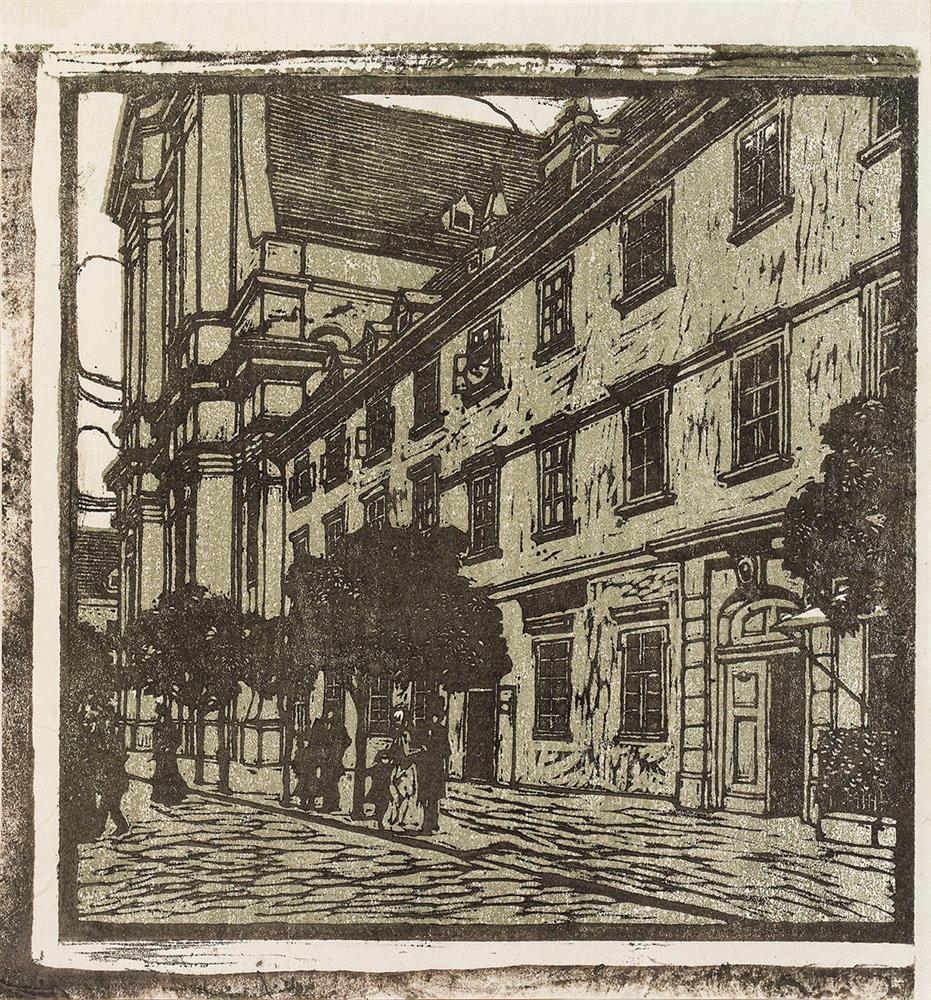
Moll Carl Wien, Schwarzspanierstraße 1903-1906
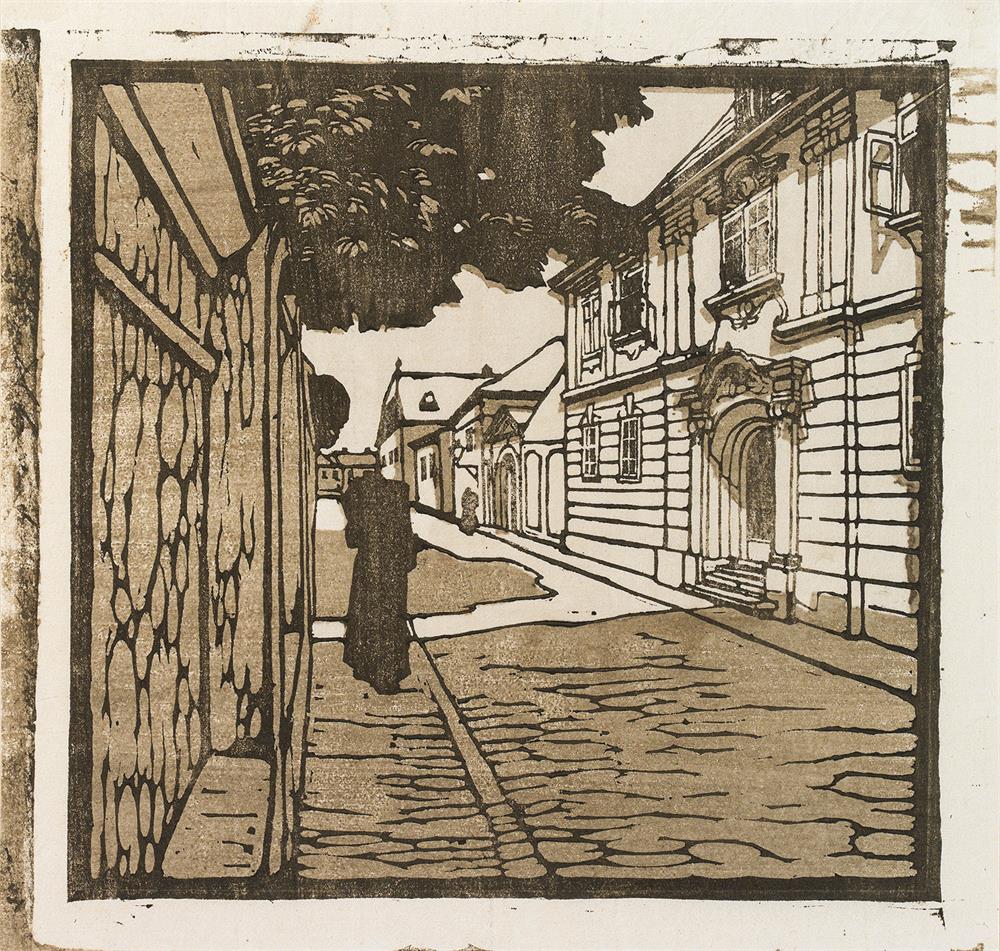
Moll Carl Nussdorf, Kahlenberger Straße 1903-1906

Moll Carl Heiligenstadt, Pfarrplatz 1903-1906

Moll Carl Heiligenstadt, Pfarrplatz 1903-1906
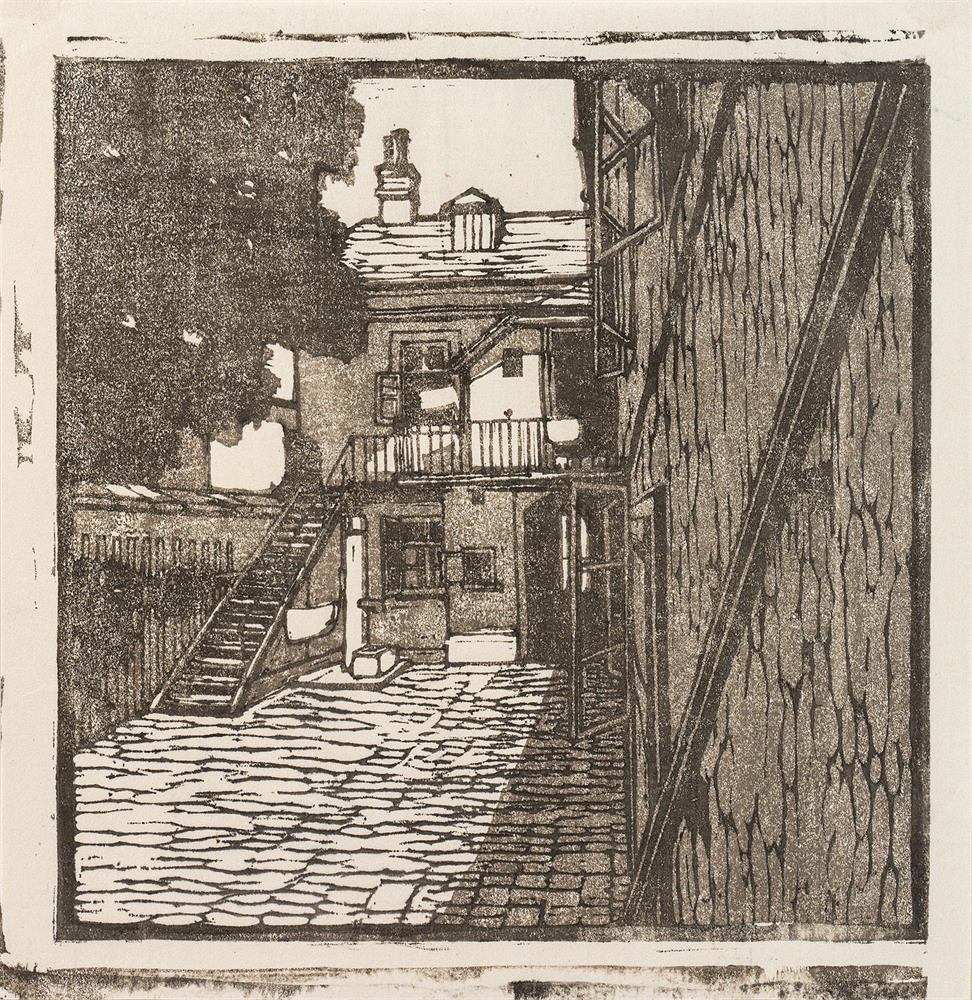
Moll Carl Heiligenstadt, Grinzingerstraße 1903-1906
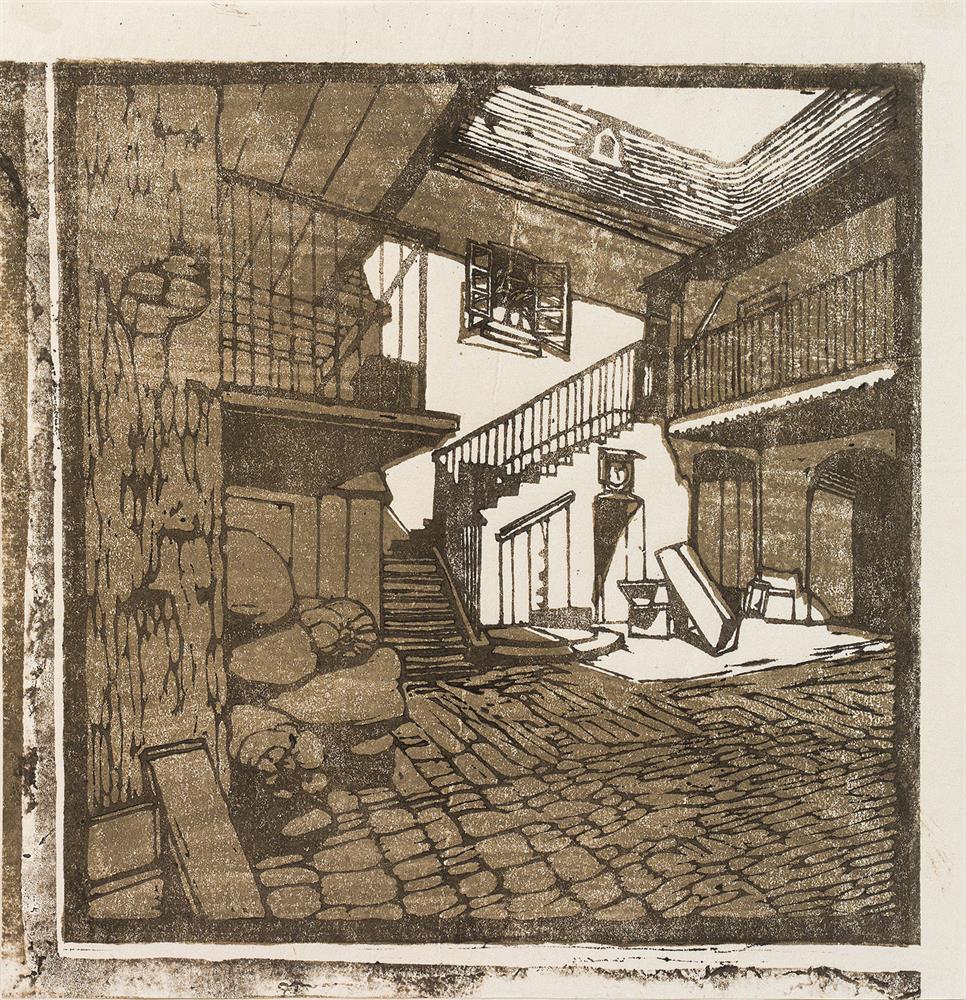
Moll Carl Heiligenstadt, Probusgasse 1903-1906

Moll Carl Heiligenstadt, Probusgasse 1903-1906
Biography
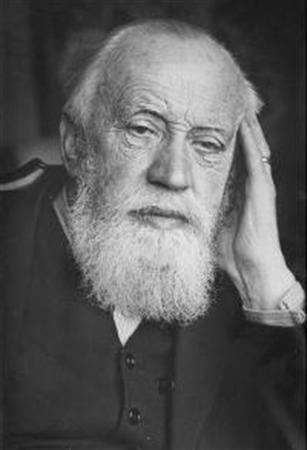
During 1880/1881 Carl Moll studied under Christian Griepenkerl at the Vienna Academy of Fine Arts. His true teacher was, however, Emil Jakob Schindler whom Carl Moll, between 1881 and 1892 his private pupil, accompanied on many of his journeys. Schindler died in 1892. In 1895 Carl Moll married Schindler’s widow and became thus the stepfather of Alma Mahler-Werfel and the father-in-law of the composer Gustav Mahler. Carl Moll was one of the outstanding personalities in the Viennese artistic world around and after 1900. He was a member of the Vienna Künstlerhaus (since 1894) and in 1897 co-founded the Vienna Secession. In 1905 he left the Secession, together with the so-called Klimt-Gruppe. Until 1912 the artistic director of Galerie Miethke, he staged numerous forward-looking exhibitions of Austrian and international artists (Waldmüller, Romako, van Gogh, Cézanne). Initially Carl Moll continued in his painting style in the Austrian tradition of atmospheric impressionist landscape painting but moved on to well-balanced compositions of Secessionist interiors and to an almost expressive, light-filled three-dimensionality, applying colour in broad, pasty strokes. Moll’s paintings, considered internationally renowned examples of Austrian art, are found in important museums and private collections.

